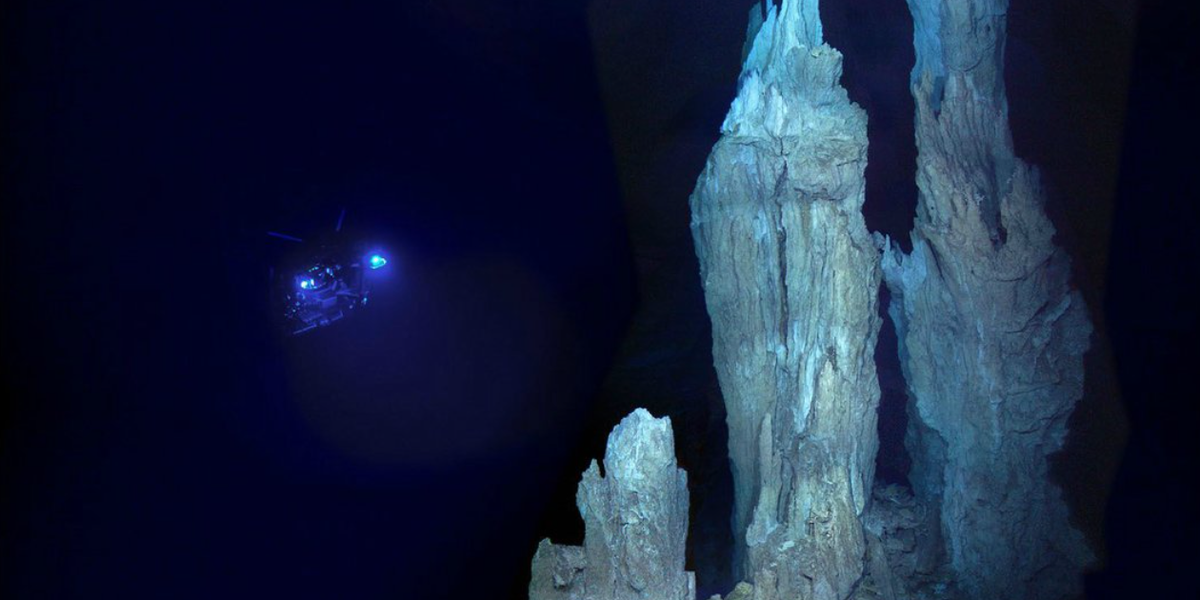The enigmatic world concealed beneath our oceans has captivated the human imagination for generations, inspiring the creation of countless myths and legends about the mysterious depths. Yet, overshadowing the tales of Atlantis, scientists have unveiled a genuine Lost City lurking beneath the waves, and this extraordinary undersea landscape is teeming with life.
Situated to the west of the Mid-Atlantic Ridge mountain range, the submerged city consists of towering rocky walls, columns, and monoliths that extend more than 60 meters (200ft) in height below the surface of the Atlantic Ocean. Although it is not the remnant of a long-forgotten human civilization, the significance of this discovery is undeniable.
Dubbed the “Lost City” following its unearthing in 2000, this hydrothermal field is unlike any other venting environment known to exist in the ocean, as reported by Science Alert. Experts believe that this unprecedented find could provide insights into ecosystems that may exist in other parts of the universe.
For over 120,000 years, an array of marine life such as snails, crustaceans, and microbial communities have thrived around the field’s vents, which release hydrogen, methane, and other dissolved gases into the seawater, despite the absence of oxygen. Remarkably, larger animals including crabs, shrimps, and eels also survive in this extreme environment, albeit in limited numbers.
The hydrocarbons emanating from the vents are not produced by sunlight or carbon dioxide, but rather by chemical reactions deep within the seafloor. This discovery opens up the possibility of understanding the origins of life on Earth approximately 3.7 billion years ago, and how it could potentially emerge elsewhere.
According to microbiologist William Brazelton, this type of ecosystem could be actively similar to what exists on the moons of Saturn and Jupiter, Enceladus and Europa, respectively, and perhaps also on Mars in the past, as quoted in The Smithsonian.
Named after the Greek god of the sea, Poseidon, the tallest monolith in the Lost City stands at over 60 meters high. Adjacent to this marvel, another unique feature can be found – a cliffside where the vents “weep” with fluid, forming clusters of delicate carbonate growths that resemble the upturned fingers of hands, according to researchers at the University of Washington.
There are ongoing efforts to designate the Lost City as a World Heritage site to safeguard this natural phenomenon, especially as human activities pose a threat to precious ecosystems. Although mining rights around the thermal field have been allocated, it is crucial to consider the potential inadvertent consequences of interfering with the surrounding ecosystems, as highlighted by Science Alert.
Include HTML tags:
Sign up for our free Indy100 weekly newsletter
Have your say in our news democracy. Click the upvote icon at the top of the page to help raise this article through the indy100 rankings


